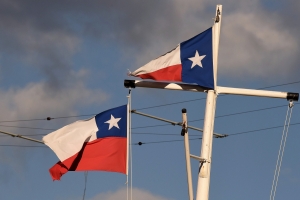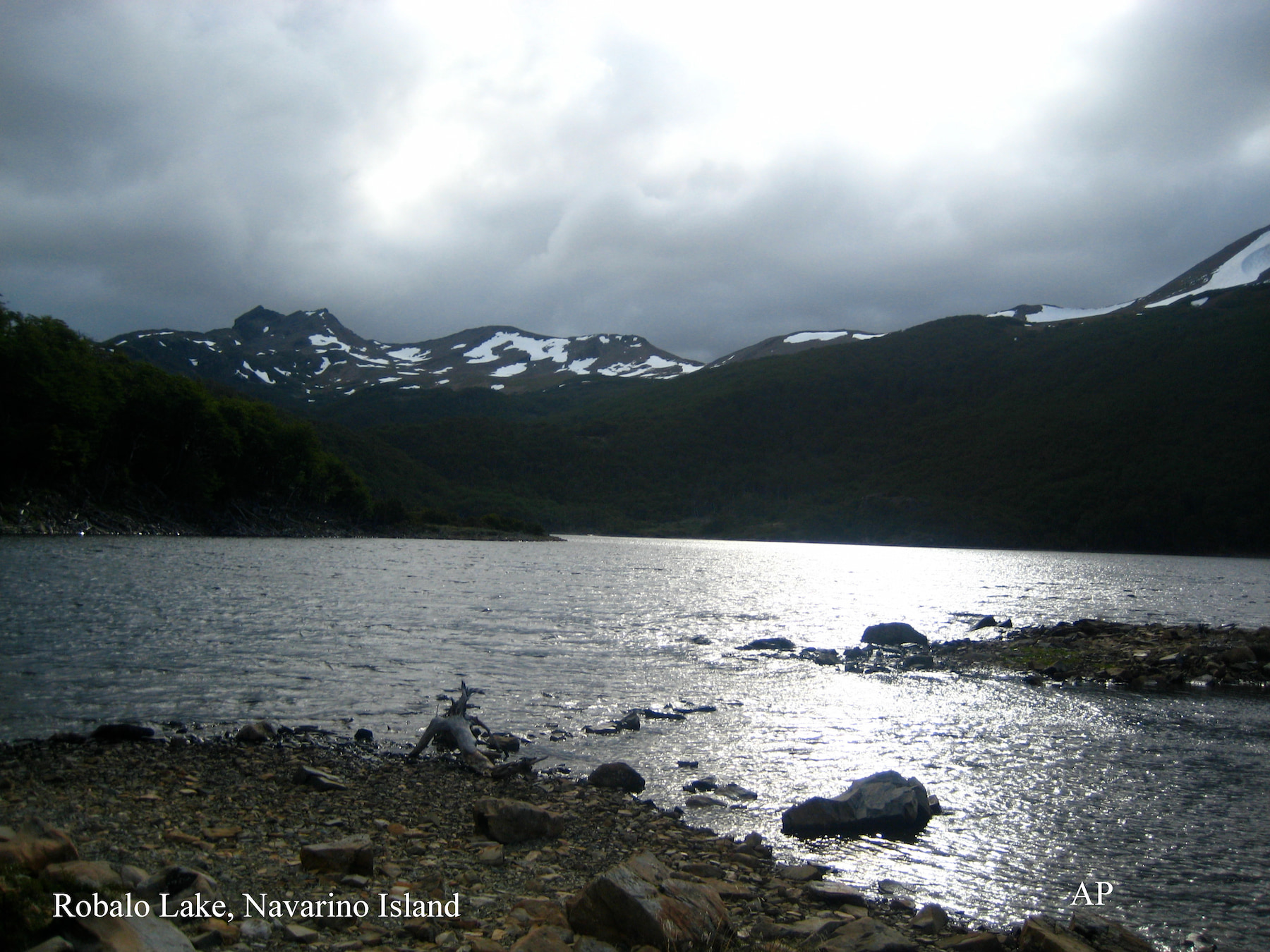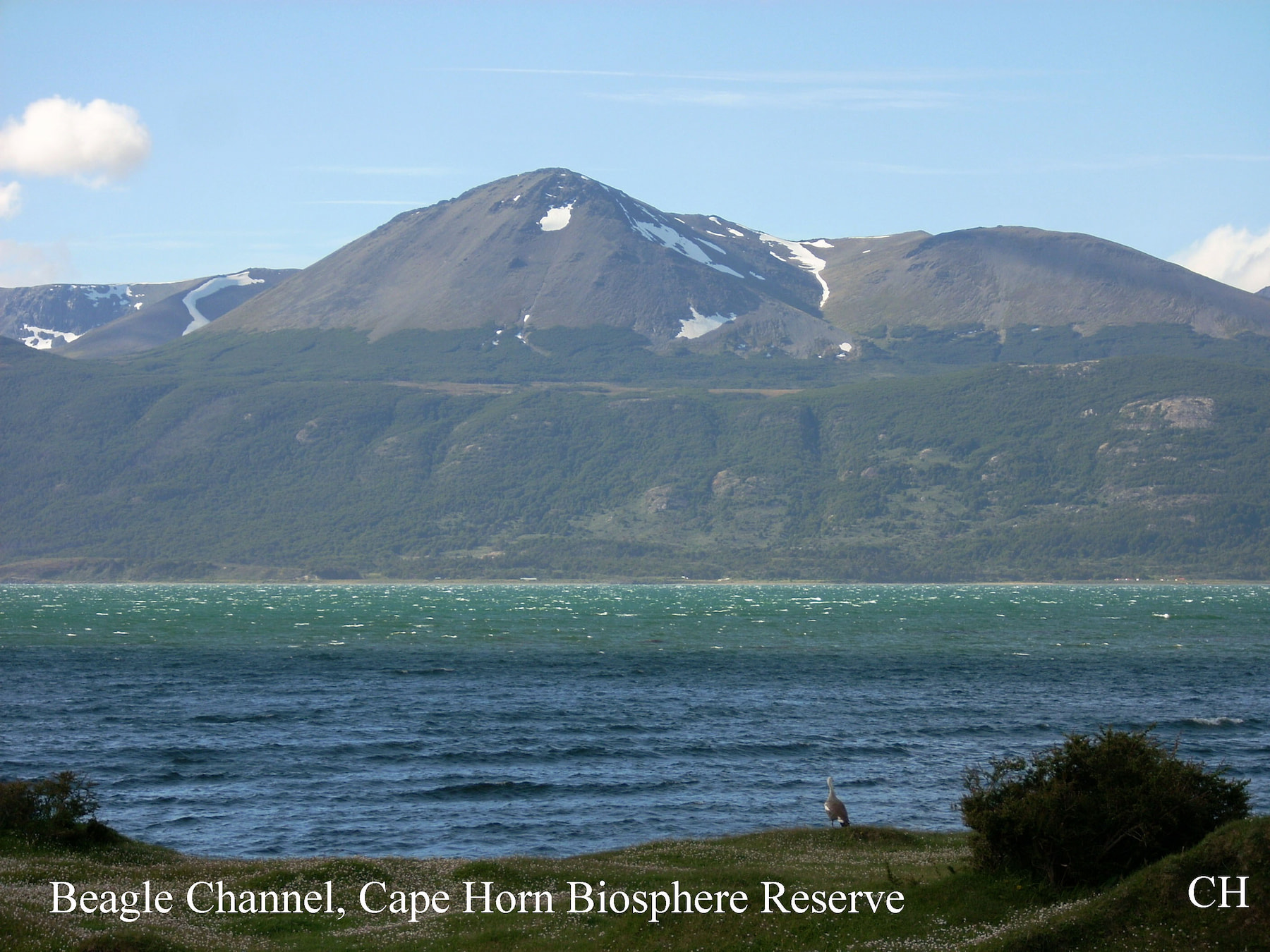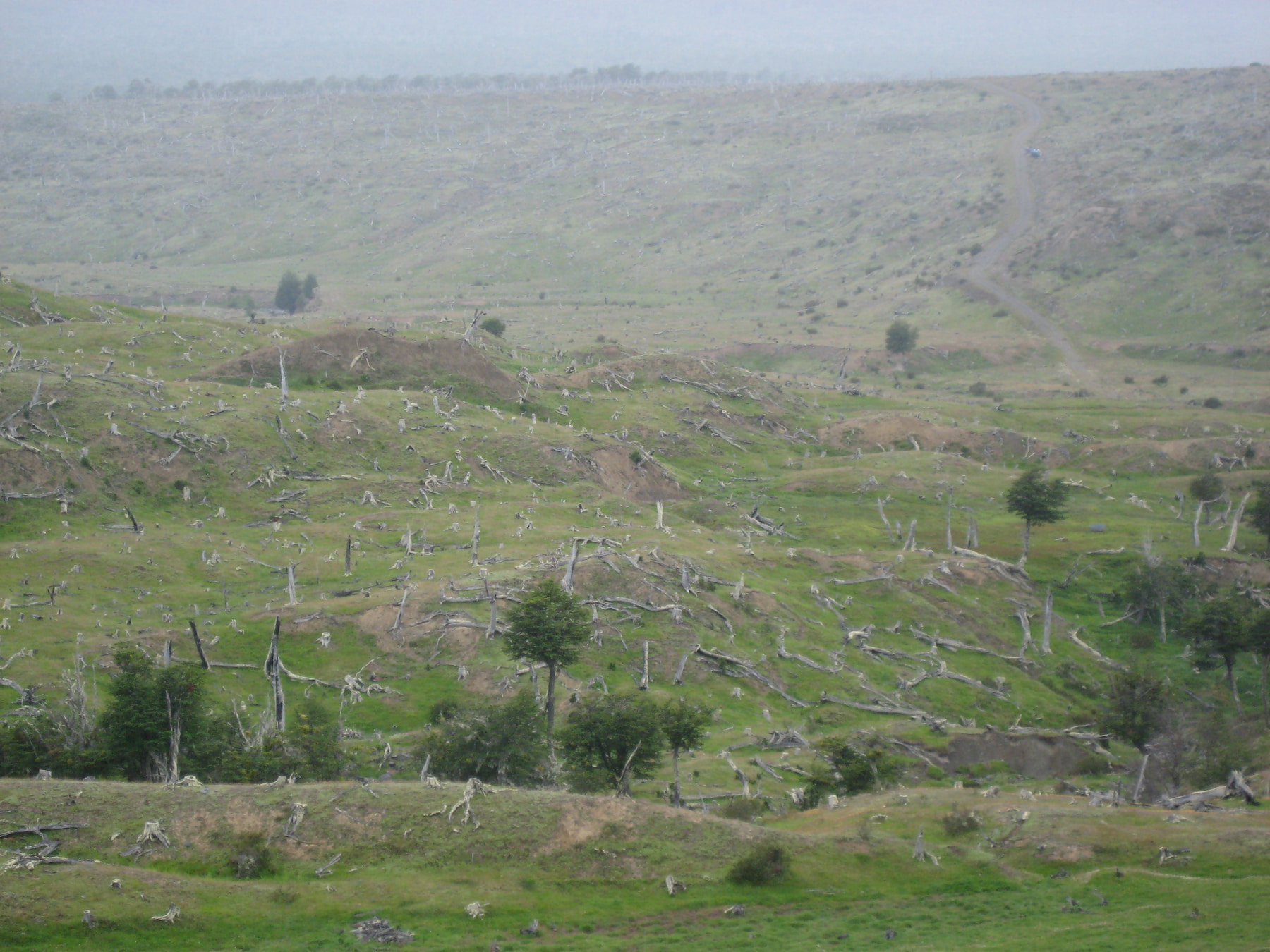
UNESCO's Man and the Biosphere Program (MaB), created in 1970, is an international, interdisciplinary research, education and conservation effort to harmonize the wellbeing of human societies and natural environments. One of its main initiatives is the world network of biosphere reserves, each of which strives to serve three functions: a) conservation, b) sustainable development and c) logistical support for research, monitoring, education and demonstration.
Since 2006, the Cape Horn Biosphere Reserve has been a member of the UNESCO Ibero-MaB network. The researchers of the CHBR use a multi-faceted approach and have aided the Chilean government in defining a zoning plan, that facilitates both development and benefits for the local population, as well as conservation of the archipelago's biocultural diversity. The CHBR bears the distinction of being: i) the largest biosphere reserve in the Southern Cone, ii) the only marine-terrestrial biosphere reserve in Chile; and iii) the first biosphere reserve in Chile to explicitly include human populations.
A Cultural History of the Cape Horn Archipelago
The cultural history of the Cape Horn archipelago can be subdivided into the history of the indigenous cultures inhabiting the area and the period of European colonization, which effectively changed the ecological integrity of the region.
The Yaghan Culture: Past and Present
As numerous archeological sites attest, the cultural history of the Cape Horn archipelago includes at least 7,500 years of human presence. Despite its seemingly prohibitive sub-Antarctic climate, the region was, and still is, inhabited by the Yaghan people, a tribe of nomadic hunters that successfully navigated the channels of Cape Horn and its archipelago region to the South of Tierra del Fuego. In an interesting twist of fate, early contact with the Yaghan people heavily influenced Charles Darwin concerning his theory of human development in his seminal "Origin of Species."
Navarino Island exhibits one of the greatest densities of archeological sites in the world. The long-standing presence of the Yaghan culture is easily recognizable as Yaghan middens can be found all along the north, west and south coasts. Middens (conchales) or "wigwam hollows" are small depressions that were carved out of the ground, and then lined by the accumulation of organic leftovers, mainly shells, bones, and discarded artifacts, providing the foundations for Yaghan huts. These mounds, which could reach 2 meters or more in height, provided protection from the wind as well as adequate drainage for falling precipitation. (While staying on Navarino Island, we were able to experience the protection from the wind offered by Yaghan middens first-hand, and the shelter they provided was quite impressive.) Yaghan middens are a living testimony to the lifestyle of these nomadic hunters, and the successive layers of shells, bones, charcoal, and broken and abandoned artifacts serve as the pages of an enormous history book that contains information of the material subsistence of a culture that is among the most endangered in the world today.
 In fact, the conservation of the Yaghan culture has become an urgent issue in recent
times, as only one elderly woman still fluently speaks the native language. Unfortunately,
the loss of the Yaghan language encompasses the loss of the cultural and ecological
knowledge it encodes, which makes the situation even more tragic. Since the year 2000,
the Omora Foundation has collaborated with the Kipa Akar Artisans Association and
other members of the Yaghan community, to develop projects that about the traditional
ecological knowledge of the culture. This effort has produced workshops, recordings
as well as publications regarding Yaghan narratives, language, and ecological knowledge.
Furthermore, the recent establishment of the UNESCO Cape Horn Biosphere Reserve aims
to reinforce the conservation of Yaghan knowledge and cultural heritage through cooperative
international programs.
In fact, the conservation of the Yaghan culture has become an urgent issue in recent
times, as only one elderly woman still fluently speaks the native language. Unfortunately,
the loss of the Yaghan language encompasses the loss of the cultural and ecological
knowledge it encodes, which makes the situation even more tragic. Since the year 2000,
the Omora Foundation has collaborated with the Kipa Akar Artisans Association and
other members of the Yaghan community, to develop projects that about the traditional
ecological knowledge of the culture. This effort has produced workshops, recordings
as well as publications regarding Yaghan narratives, language, and ecological knowledge.
Furthermore, the recent establishment of the UNESCO Cape Horn Biosphere Reserve aims
to reinforce the conservation of Yaghan knowledge and cultural heritage through cooperative
international programs.
European Colonization
 European colonization of the Cape Horn Archipelago effectively began around 1833,
when the first Anglican missionary projects were undertaken on Isla Navarino by the
Patagonian Missionary Society, which was later renamed the South American Missionary
Society. The chief objective of the arriving English missionaries was to evangelize
and convert the Yaghan people to Christianity in order to "improve" their living conditions.
However, attempts at evangelization were largely unsuccessful, as attested by the
numerous failed attempts on Isla Picton in 1851, in Wulaia in 1833 and 1859, and in
Lewuaia in 1867 (on Isla Navarino). Subsequently, a mission was established on Isla
Bayly in 1888, which was then moved to Isla Hoste in 1892. In 1906, the same mission
was moved for the last time to the south coast of the Douglas River on Isla Navarino,
where it was ultimately closed in 1917 due to the considerable decrease of the Yaghan
population. Specifically, whereas the population of the Yaghans was estimated to be
around 3,000 in 1855, it was reduced to only 70 people in 1923. This decrease is mainly
ascribed to episodes of disease as well as mistreatment of the people by seal and
sea otter hunters.
European colonization of the Cape Horn Archipelago effectively began around 1833,
when the first Anglican missionary projects were undertaken on Isla Navarino by the
Patagonian Missionary Society, which was later renamed the South American Missionary
Society. The chief objective of the arriving English missionaries was to evangelize
and convert the Yaghan people to Christianity in order to "improve" their living conditions.
However, attempts at evangelization were largely unsuccessful, as attested by the
numerous failed attempts on Isla Picton in 1851, in Wulaia in 1833 and 1859, and in
Lewuaia in 1867 (on Isla Navarino). Subsequently, a mission was established on Isla
Bayly in 1888, which was then moved to Isla Hoste in 1892. In 1906, the same mission
was moved for the last time to the south coast of the Douglas River on Isla Navarino,
where it was ultimately closed in 1917 due to the considerable decrease of the Yaghan
population. Specifically, whereas the population of the Yaghans was estimated to be
around 3,000 in 1855, it was reduced to only 70 people in 1923. This decrease is mainly
ascribed to episodes of disease as well as mistreatment of the people by seal and
sea otter hunters.
 A minor gold rush toward the end of the 19th century on the eastern coast of Isla
Navarino and neighboring islands caused an increased influx of people. During the
same period, stretching into the 20th century, various ranches that were exclusively
dedicated to raising livestock were assigned to European colonists along the north,
south, east, and west coasts of Isla Navarino. Very often, these colonizers would
burn the forests to clear the land for livestock use. Years later, the traces of these
burned forests remain. Invasive plants can be seen throughout the landscape, flourishing
in the disturbed soil. The Chilean navy constructed outposts on Isla Picton, Isla
Nueva and Isla Lennox in 1891, which further established the European presence in
the region. Today, abandoned houses, ranches, and cemeteries tell their own story
about the colonization of the extreme south during the past 100 years, which was characterized
by adversity and difficulties for those colonists that managed to survive in the inhospitable
climate.
A minor gold rush toward the end of the 19th century on the eastern coast of Isla
Navarino and neighboring islands caused an increased influx of people. During the
same period, stretching into the 20th century, various ranches that were exclusively
dedicated to raising livestock were assigned to European colonists along the north,
south, east, and west coasts of Isla Navarino. Very often, these colonizers would
burn the forests to clear the land for livestock use. Years later, the traces of these
burned forests remain. Invasive plants can be seen throughout the landscape, flourishing
in the disturbed soil. The Chilean navy constructed outposts on Isla Picton, Isla
Nueva and Isla Lennox in 1891, which further established the European presence in
the region. Today, abandoned houses, ranches, and cemeteries tell their own story
about the colonization of the extreme south during the past 100 years, which was characterized
by adversity and difficulties for those colonists that managed to survive in the inhospitable
climate.